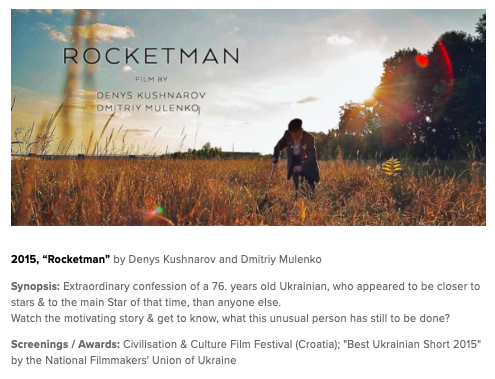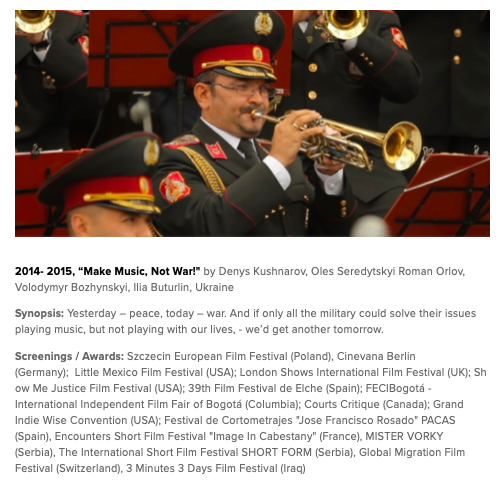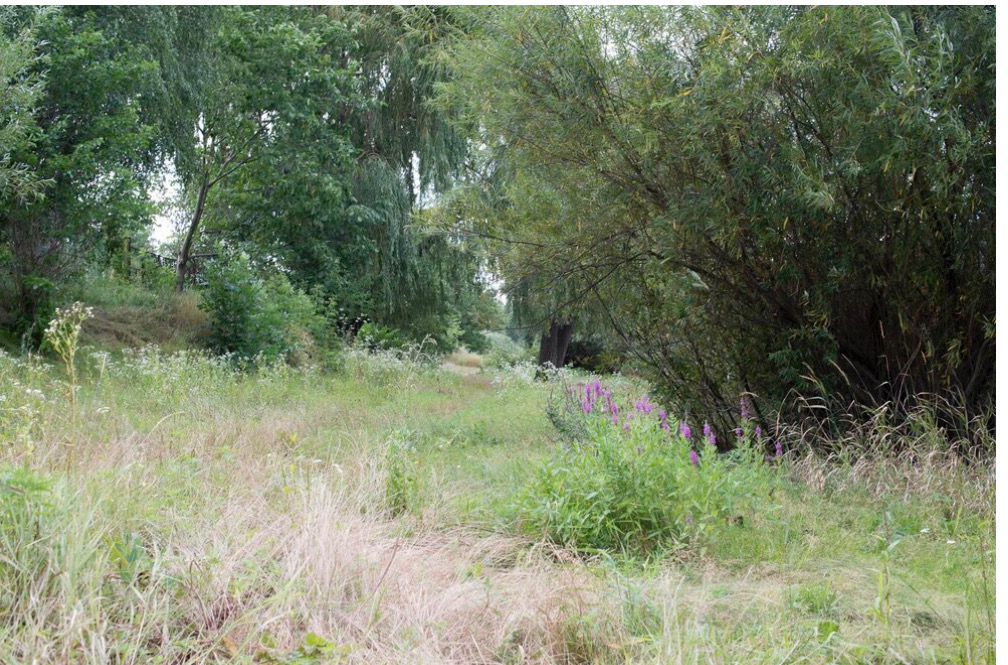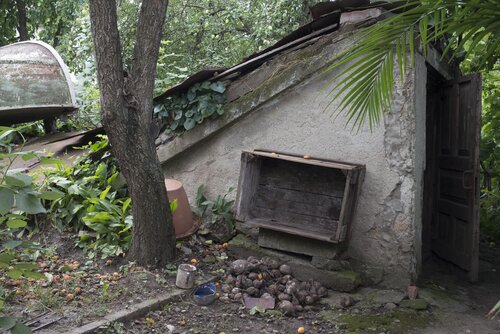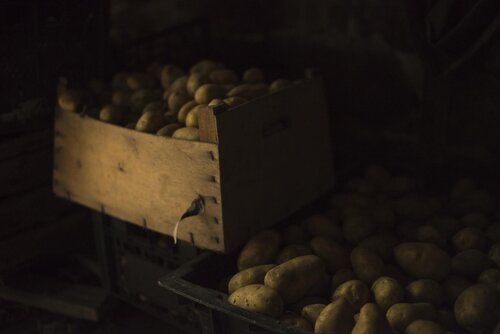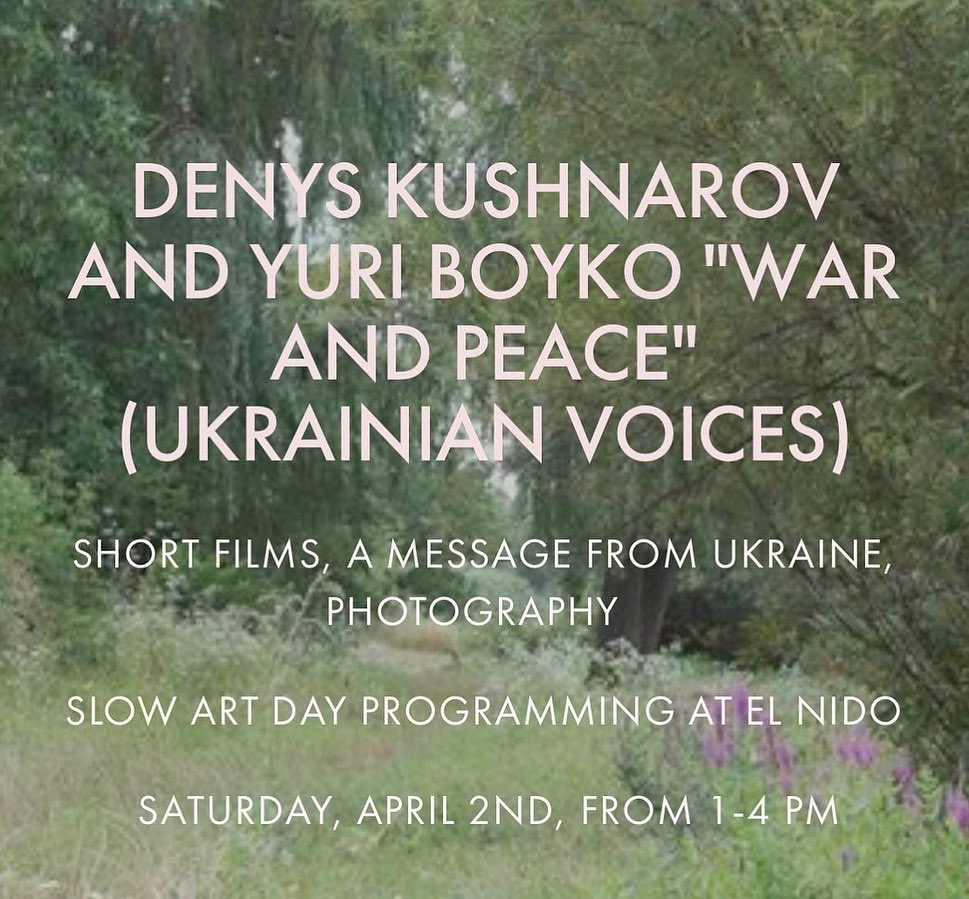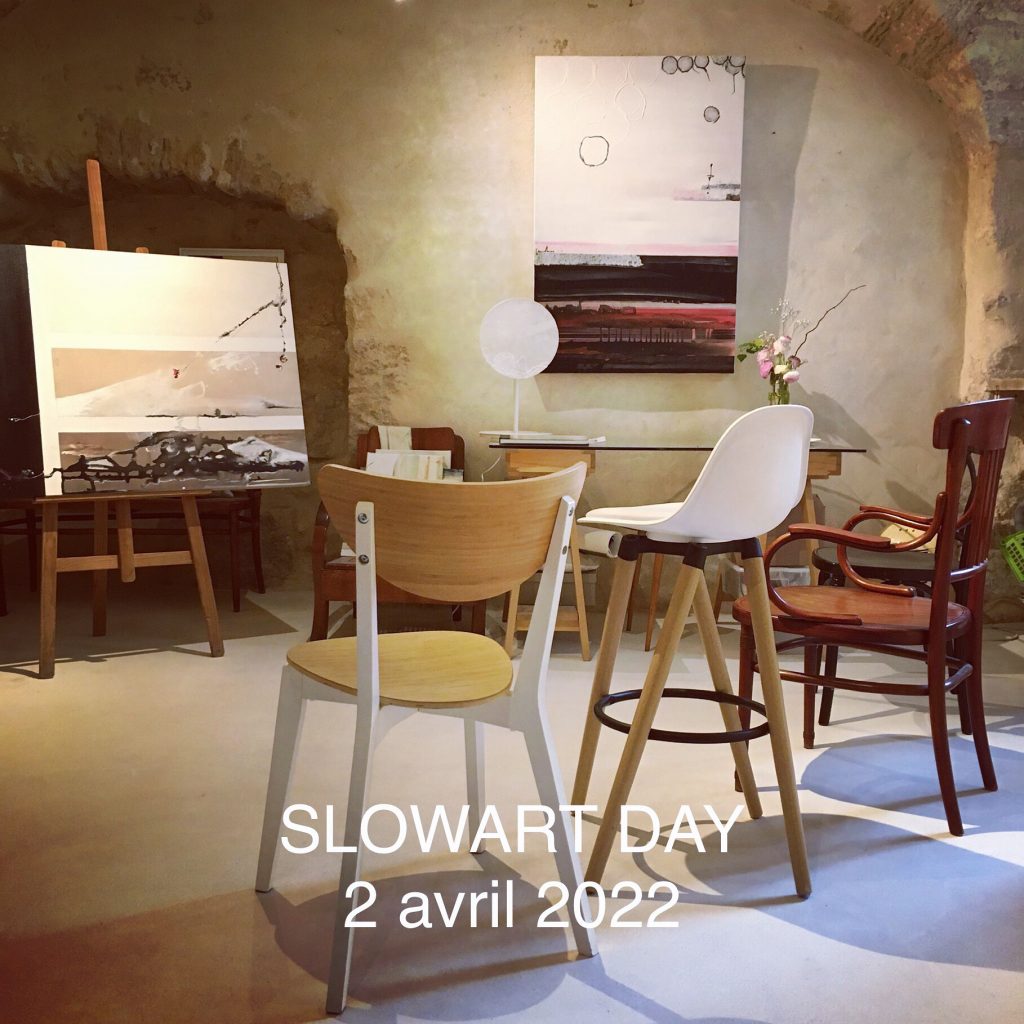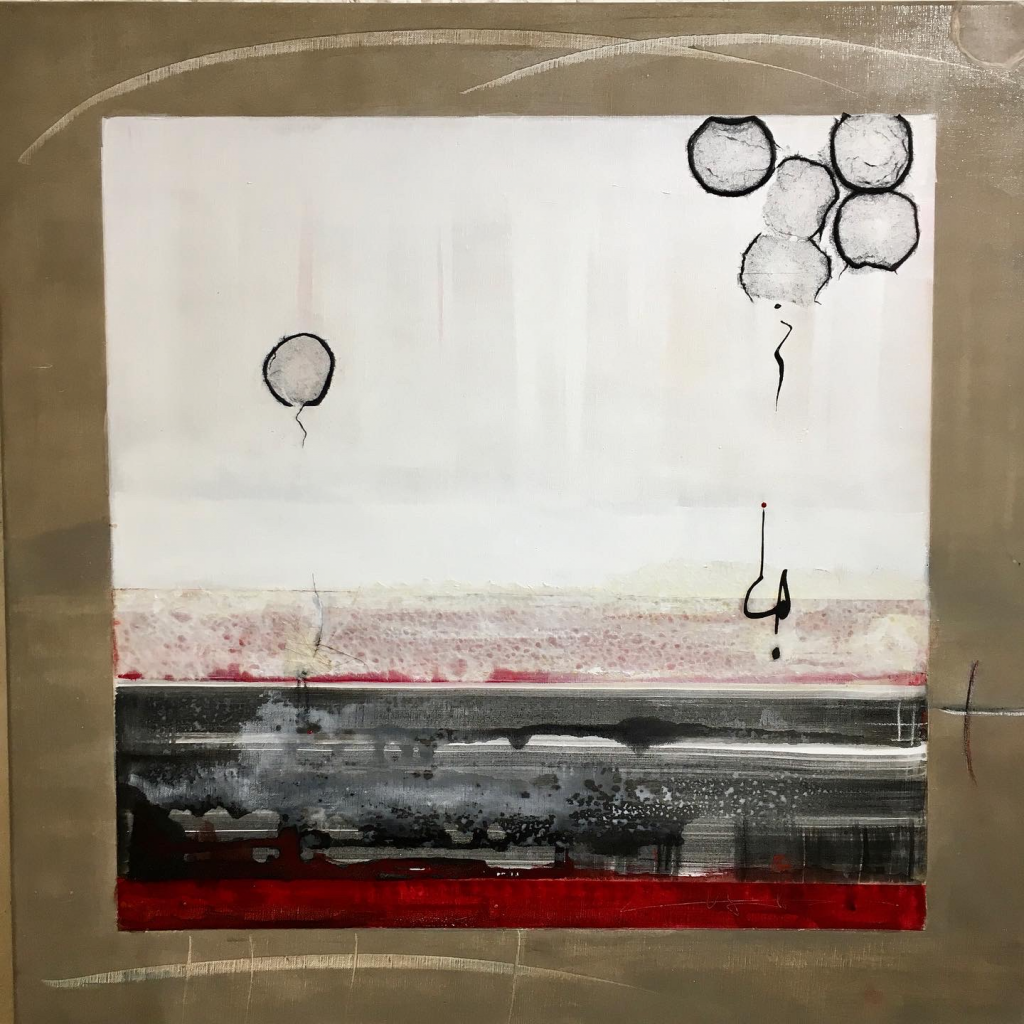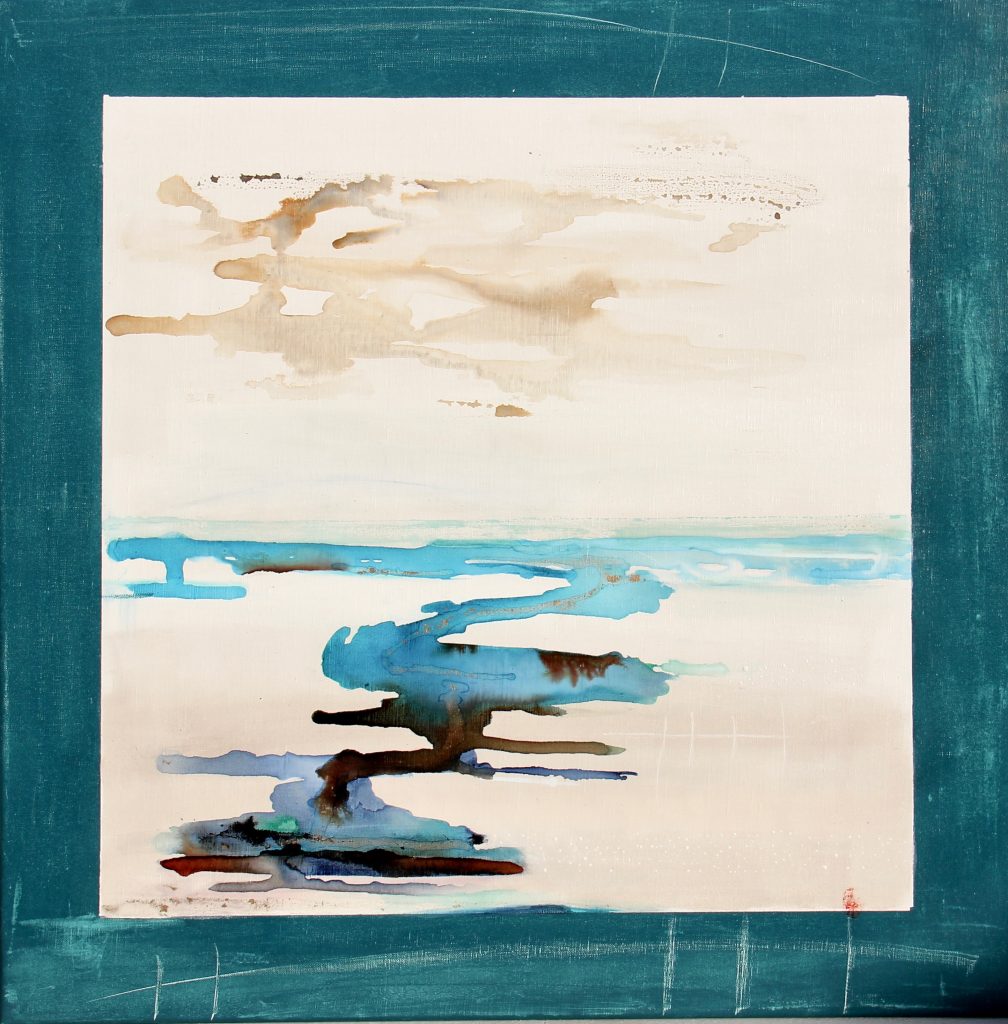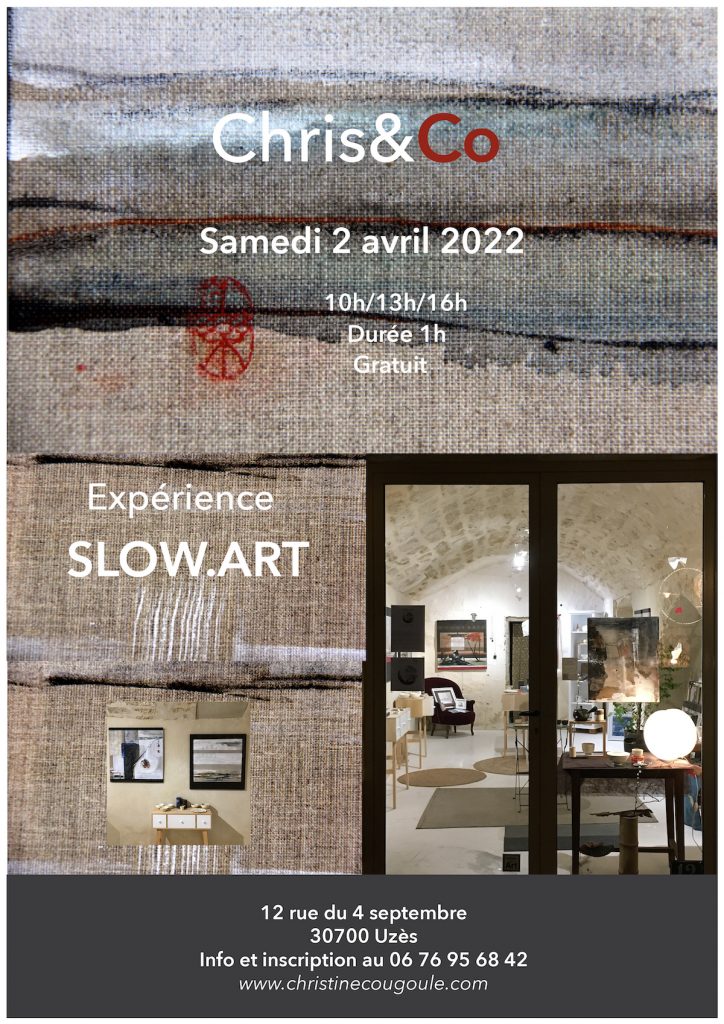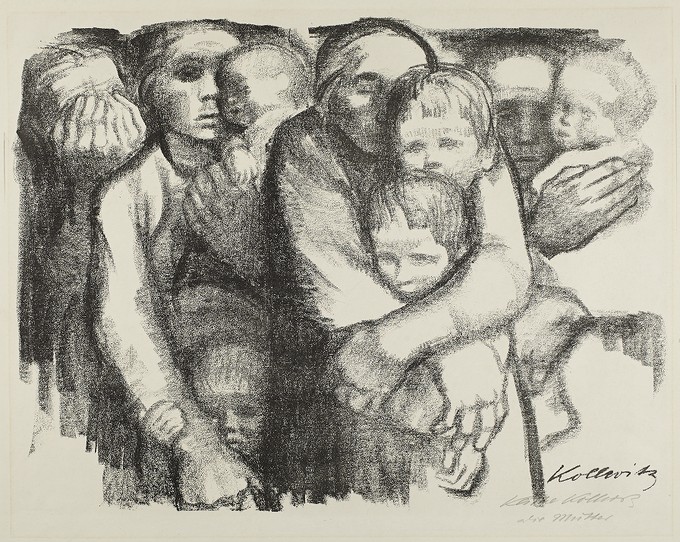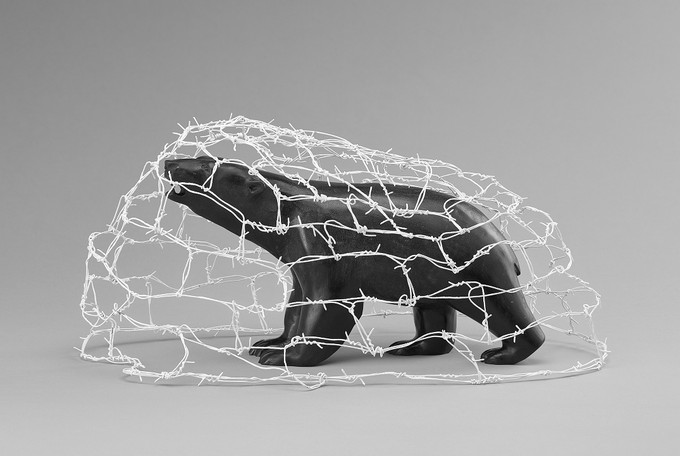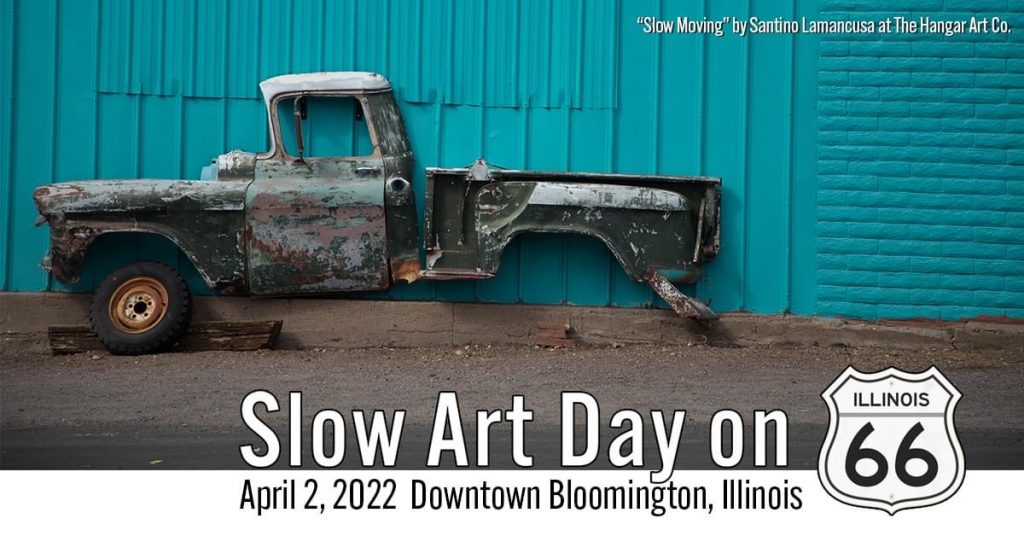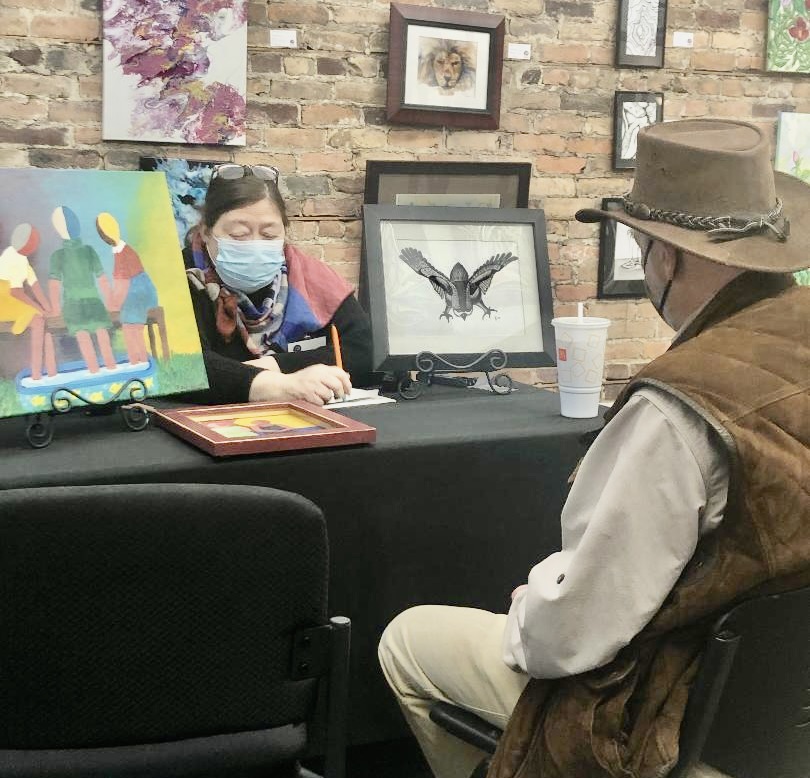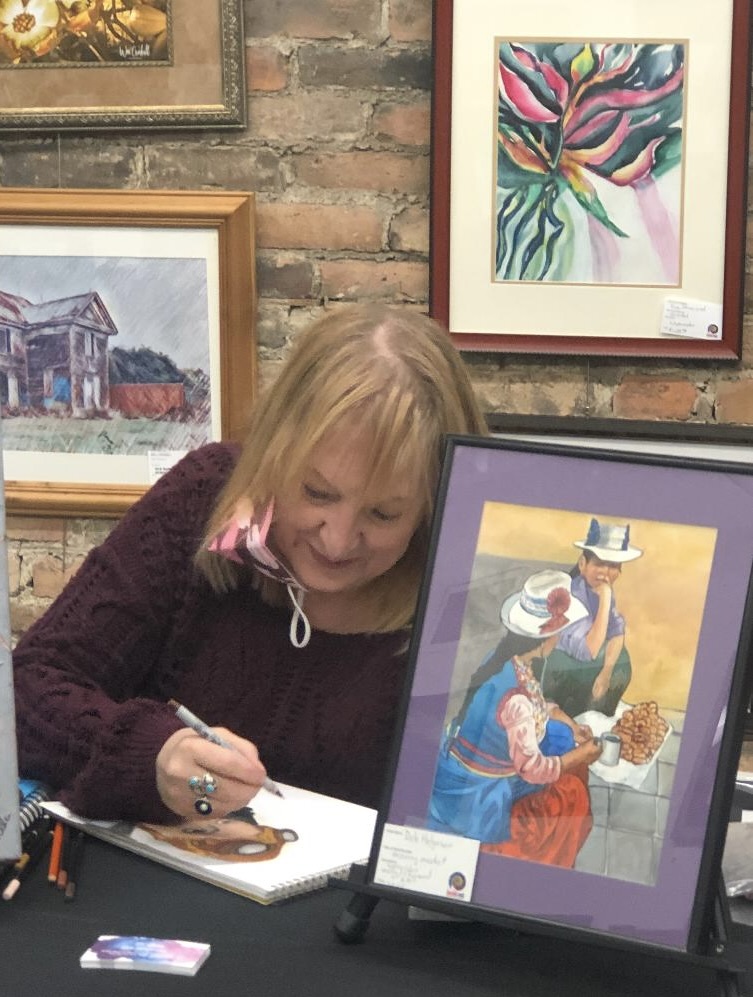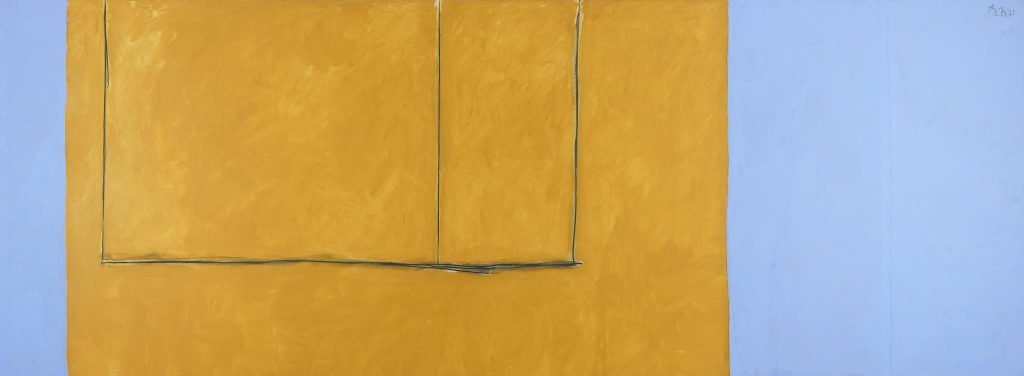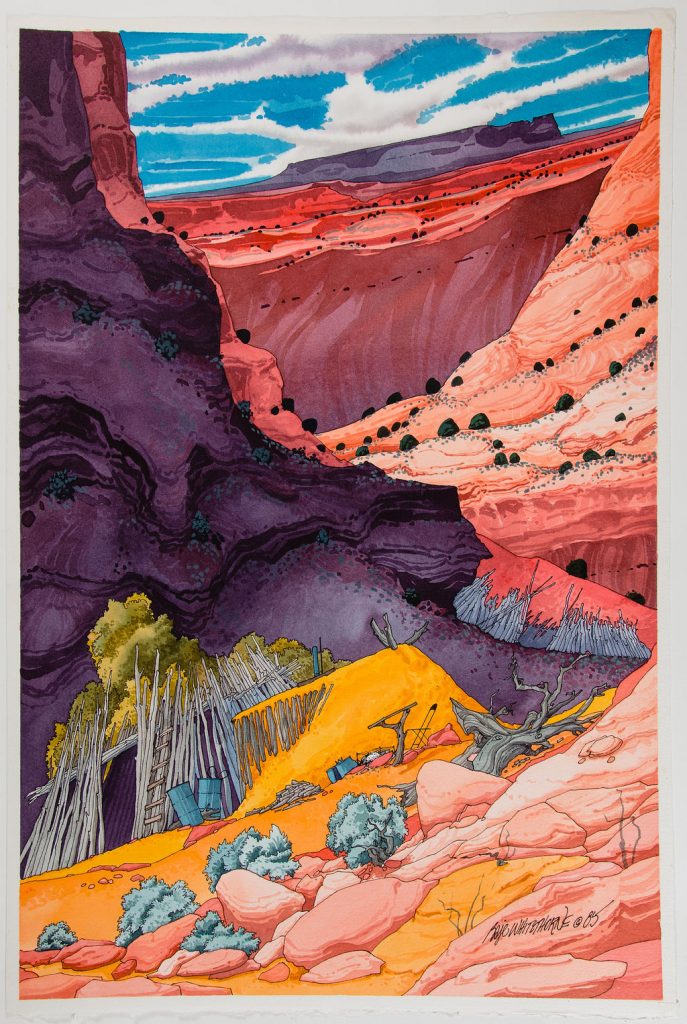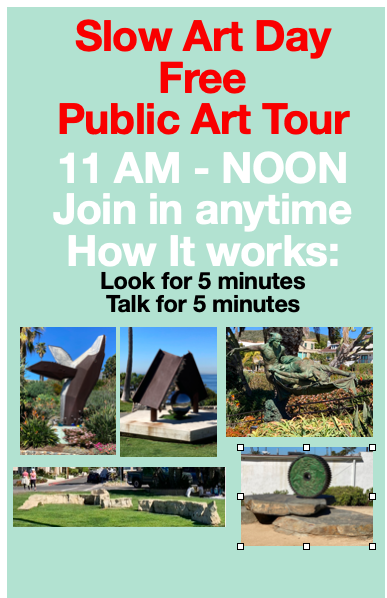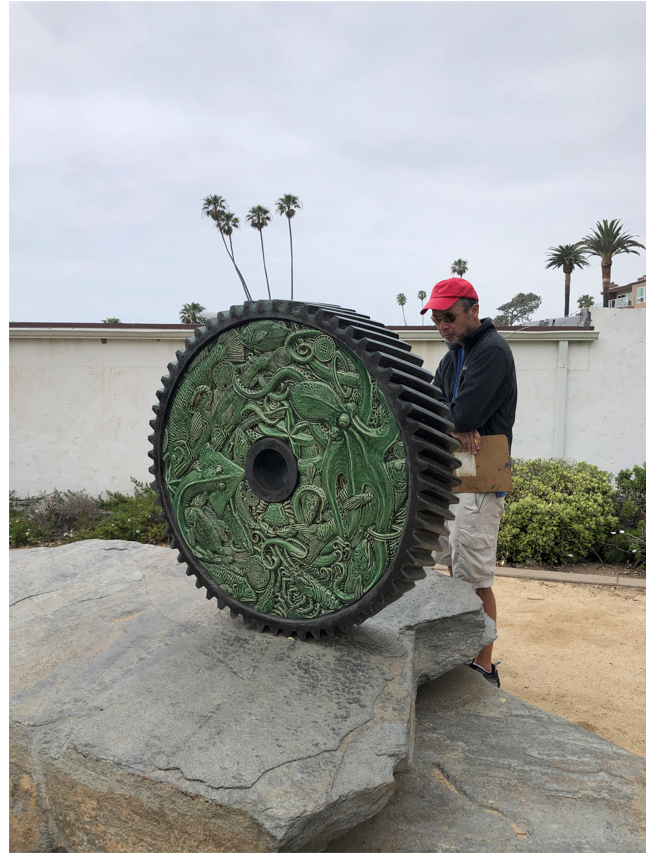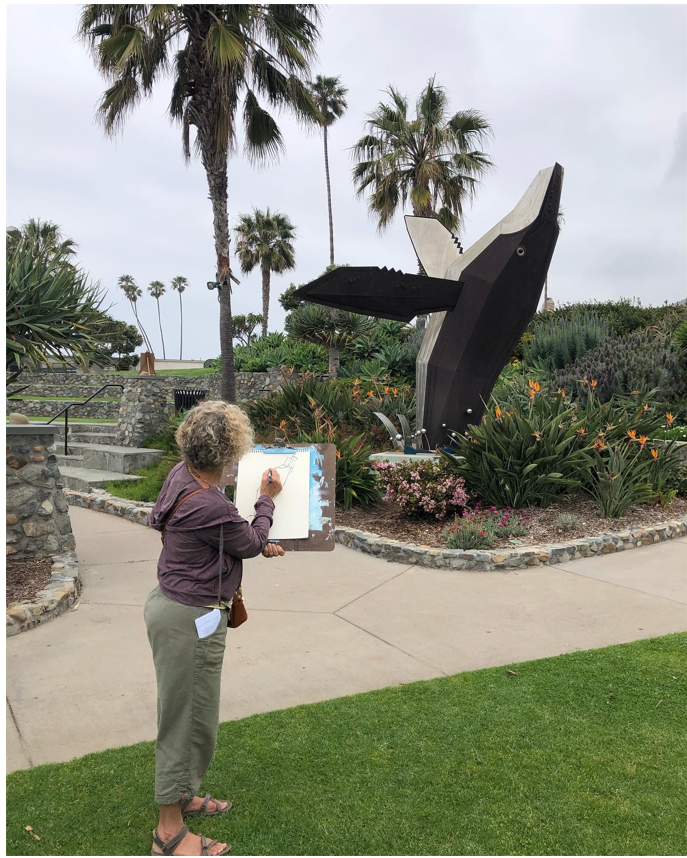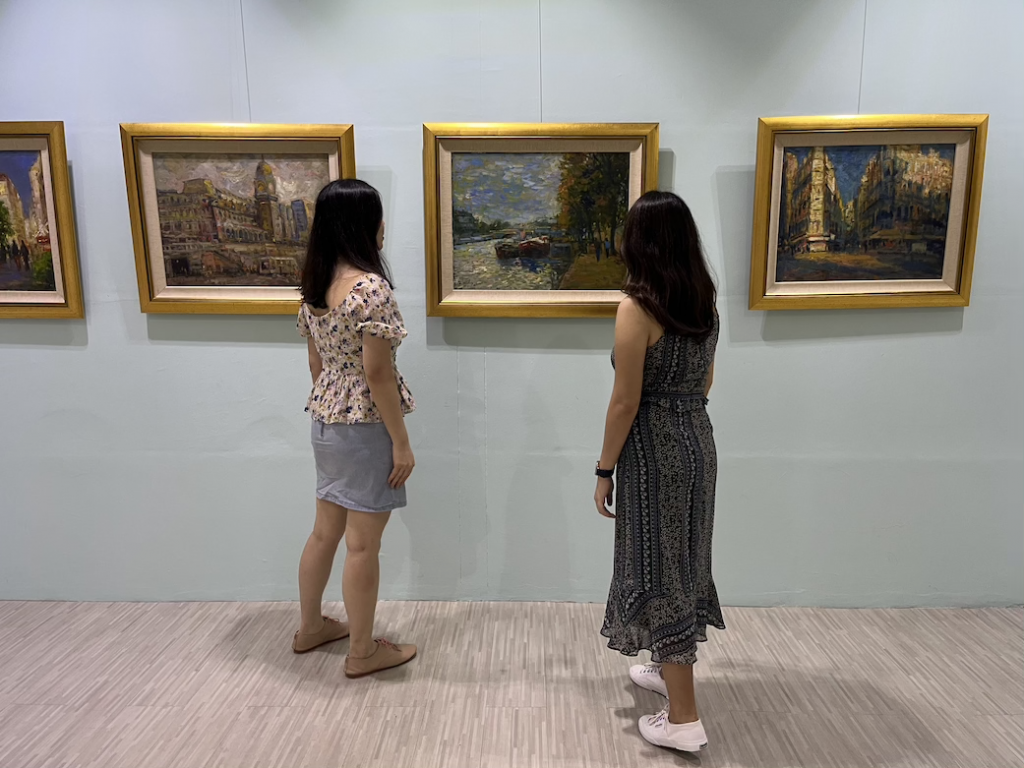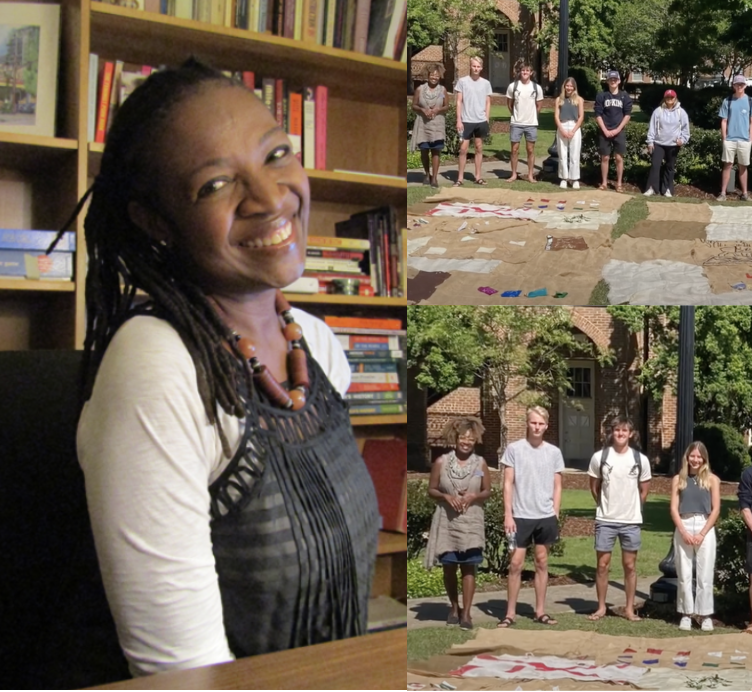For their 7th Slow Art Day, the MIT List Visual Arts Center in Cambridge, MA, invited visitors to a slow looking session focused on “Trinity” (Beverly Pepper, 1971), a sculpture from their Public Art Collection.
The event was organized and led by Elizabeth Ponce, Public Programs Coordinator, and Fatima Nasir Abbasi, MIT List Tour Guide.
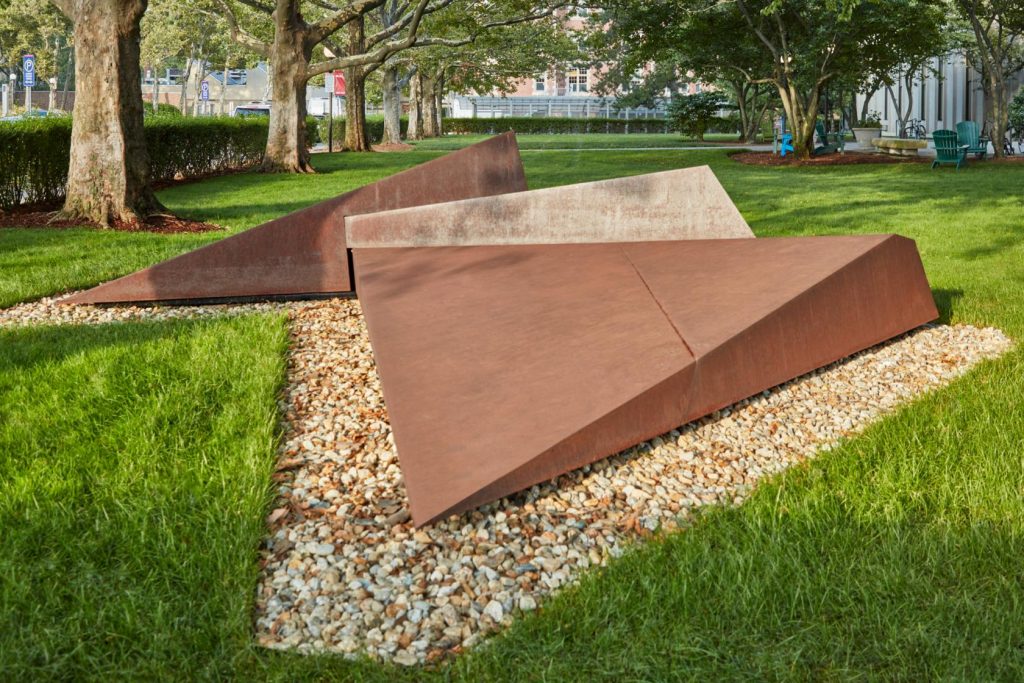
On the day, participants met as a group and walked over to the sculpture. They were invited to look slowly at the sculpture for 10-15 minutes, and use that time to write, sketch or simply think about the artwork. Following this, the group shared their thoughts with each other.
The group was given the following prompts for the session. (Note: we encourage museum educators to consider copying these for slow looking events featuring sculpture.)
- Stare at the piece.
- When your mind begins to wander, refocus on the work.
- What are your thoughts, experiences, feelings?
- Consider: Form and shape, scale, color, installation space, concept, emotion, craft, design.
- Change your perspective.
- Move around, and observe this sculpture from a different angle.
- Get close and examine the surface, the construction, and composition.
- Back up and consider the work in its environment.
Pepper’s sculptures are known to touch on a wide range of themes – including religion, sexuality and emotion. This sculpture was originally titled Dunes I, which evokes images of the desert. The altered title allows viewers to explore a wider range of connotations, including the idea of religious or spiritual unity.
We at the Slow Art Day HQ team always like to see sculpture featured in slow looking events. The three-dimensionality allows participants to move around and engage the artwork from a wide range of perspectives. Further, because scuplture provides so many angles it enhances the way that slow looking connects us not only with art but with ourselves.
We look forward to what the MIT List Visual Arts Center comes up with for their 8th Slow Art Day in 2023.
-Johanna, Ashley, Jessica Jane and Phyl
PS. Stay updated with events at the MIT List Visual Arts Center through their Instagram and Facebook pages.

